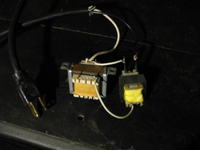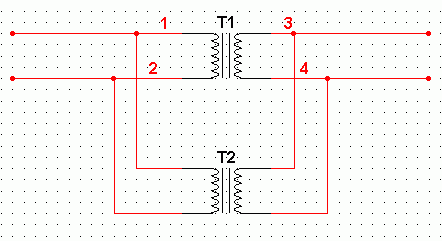The74namesofgod
Junior Member level 3
please tell me all the ways one could link transformers together and the pros and cons. i want to link 2, 3, 4, and 6, transformers. im am trying to gain amps not volts.
Follow along with the video below to see how to install our site as a web app on your home screen.
Note: This feature may not be available in some browsers.
I agree with Audioguru, if this an example, just to understand better, ok. If you you need really this voltage (but I don't see where you can use it) you have to search for a person really expert in high voltages.DONT MAKE THIS CONNECTION BECAUSE THIS VOLTAGE IS VERY DANGEROUS ! IF YOU TOUCH ANY WIRE YOU DIE

